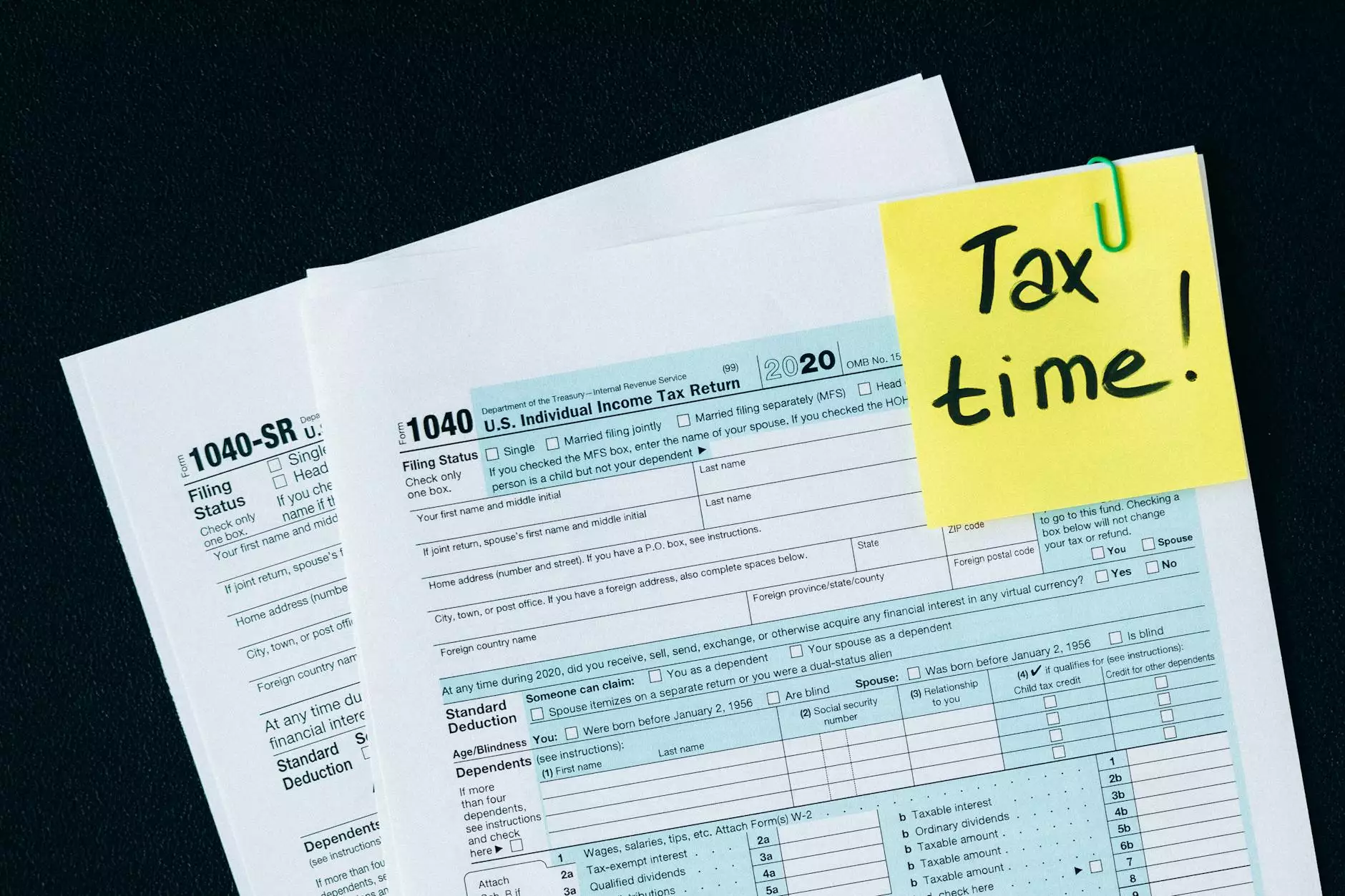How to Write an Ecommerce Returns and Refunds Policy
eCommerce Integration
Welcome to AwesomeWebsites4Free, your go-to resource for all things ecommerce! In this comprehensive guide, we'll walk you through the process of writing a top-notch returns and refunds policy for your online store. Crafting a clear and customer-friendly policy is crucial for building trust and ensuring smooth transactions. Let's dive in!
Why Is a Returns and Refunds Policy Important?
An ecommerce returns and refunds policy is a vital component of any successful online business. It sets expectations for your customers, builds trust, and helps streamline your operations. By implementing a well-structured policy, you can effectively handle product returns and refunds, reducing disputes and ensuring customer satisfaction.
Understanding Customer Expectations
Before diving into the specifics, it's important to understand what customers typically expect from a returns and refunds policy. When making a purchase online, customers want:
- Clear instructions on how to return a product
- A hassle-free and straightforward process
- A reasonable timeframe for returning items
- An option for a refund or exchange
- Transparent information regarding any associated costs
- Responsive customer support
Key Elements of an Effective Returns and Refunds Policy
Now let's explore the essential elements to include in your ecommerce returns and refunds policy:
1. Introduction and Purpose
Start by clearly stating the purpose of your policy. Explain that it aims to ensure customer satisfaction while maintaining a fair balance between buyer and seller rights. Create a positive tone to reassure customers that you value their experience.
2. Eligibility and Timeframe
Specify the eligibility criteria for returns and the timeframe within which customers can initiate the process. This helps manage expectations and avoids disputes. State any exceptions for perishable or personalized items.
3. Return Process
Detail the step-by-step process of returning a product, including any required documentation, such as proof of purchase or return labels. Offer multiple return options, such as drop-off locations or prepaid shipping labels, for convenience.
4. Condition of Returned Items
Clearly outline the condition expected for returned items to be eligible for a refund or exchange. Note any exceptions for damaged or defective products and the documentation required to support such claims.
5. Refund Options
Explain the available refund options, such as original payment method, store credit, or exchanges. Specify any associated processing times and potential deductions for restocking fees or shipping costs.
6. Customer Responsibilities
Highlight the customer's responsibilities throughout the return process. This may include properly packaging the item, covering return shipping costs, or adhering to specific guidelines to ensure a successful return.
7. Contact Information and Support
Provide clear contact information, including email and phone number, for customers to reach out for support or inquiries regarding returns. Emphasize your commitment to resolving any issues promptly and efficiently.
8. Revisions and Updates
Inform customers that your returns and refunds policy may be subject to revisions and updates. Clearly state that the latest version will always be available on your website and encourage customers to review it periodically.
Optimizing Your Returns and Refunds Policy for Search Engines
To ensure your policy ranks well on search engines like Google, consider the following optimization tips:
- Use relevant keywords throughout your policy, focusing on terms that potential customers are likely to search for.
- Create keyword-rich subheadings to break up the text and make it easier to read and navigate.
- Include internal links to other relevant pages on your website, such as your shipping policy or FAQs.
- Ensure your policy is mobile-friendly, as a growing number of users access the web through their smartphones.
- Avoid duplicate content by crafting a unique returns and refunds policy tailored specifically to your business.
By following these optimization techniques, you can increase the visibility of your policy and attract more potential customers to your online store.
Conclusion
Crafting a well-written ecommerce returns and refunds policy is a critical step in running a successful online business. By providing clear instructions, setting proper expectations, and demonstrating excellent customer service, you can establish trust and loyalty with your audience. Remember to periodically review and update your policy to reflect any changes in your business practices or customer needs. Start implementing these best practices in your returns and refunds policy today and watch your online store thrive!




